Our view at Stack - Pipedrive is a robust CRM platform, offering automation, contact data collection, webhooks, AI-powered sales assistant, email communications, email marketing, and customisable sales pipeline workflows.
Whether your small business is new or has thrived for years, you can always learn from your competitors.
Competitor analysis reports make everything you need to know about your industry peers clear and accessible, from marketing strategies to customer satisfaction benchmarks.
In this article, you’ll learn what an insightful competitor report looks like and how to collect the right data to build your first one. You’ll also find a free template to refine your business strategy immediately.
What is a competitor analysis report?
A competitor analysis report is a document that helps small business owners understand who their competitors are, what those companies do well and where they fall short.
Competitor reports are often tables or spreadsheets but can also be graphics.
Once complete, yours will contain information about your competitors’ products, marketing strategies, pricing and market position.
Here’s a simple competitor analysis report example. It shows a chart you might find in the report summarizing three main competitors:
| Competitor 1 | Competitor 2 | Competitor 3 | |
| Market share | 30% | 20% | 15% |
| Target audience | Small to mid-sized tech firms | Large enterprises | Freelancers and startups |
| Pricing structure | $35/month | $150–250/month | $20/month |
| Marketing strategy | Heavy focus on social media advertising and webinars | Prioritizes content marketing and whitepapers | Uses influencer partnerships and referral programs |
| Customer satisfaction (on a scale of 1–5) | 4 | 3.5 | 5 |
| Strengths | Affordable pricing, responsive customer support | High customization options, global reach | Easy to use, ideal for small businesses |
| Weaknesses | Limited features, no API access | Expensive for small businesses | Limited integrations, lacks advanced features |
| Opportunities | Expand into the enterprise market with advanced features | Introduce a more affordable pricing tier | Develop stronger integration options to attract larger clients |
Competitor analysis data highlights threats and opportunities in your market, helping you position your small business effectively in sales conversations and marketing content.
As well as bolstering your sales and marketing strategies, competitor reports are beneficial in the following scenarios:
-
Entering a new market. Understanding the competition ensures you know what challenges to expect when expanding your reach.
-
Developing a new product. Analyzing competitors’ solutions helps you create a product that stands out and addresses unmet needs.
-
Rebranding or repositioning. Knowing how competitors are perceived helps you find your place in the market (e.g., if they favor affordability, you could focus on reliability or customer service).
-
Pitching to investors. A deep understanding of the competitive landscape boosts investors’ confidence in your business plan. It shows you know what you’re up against.
For example, a small business may want to launch a new eco-friendly cleaning product.
Its competitor analysis report shows that most existing solutions prioritize affordability over sustainability.
Meanwhile, earlier market research points to customers caring about the environmental impact of their purchases.
Knowing all of this, the company markets its product as the top choice for environmentally conscious consumers. The selling point helps it stand out and generate plenty of leads.
Recommended reading

11 profitable small business ideas for aspiring entrepreneurs in 2024
Why do I need a competitor report?
The more you know about your competitors, the easier it is to gain an advantage. You’ll know where your small business already has the edge (i.e., what to keep doing) and what you must do better.
Here are four profit-boosting benefits of competitor analysis reports.
Identify market gaps
Analyzing competitors helps you spot gaps in the market. Filling those gaps boosts your relevance and profitability.
For instance, if your competitors aren’t catering to a specific customer demographic or need, you can provide a more suitable product.
Adopting some innovative thinking, you could even challenge larger companies in your sector.
For example, Intuit’s QuickBooks launched as an accounting solution for small business owners without formal financial training. It’s still marketed as a simpler alternative to more complex, traditional bookkeeping tools.
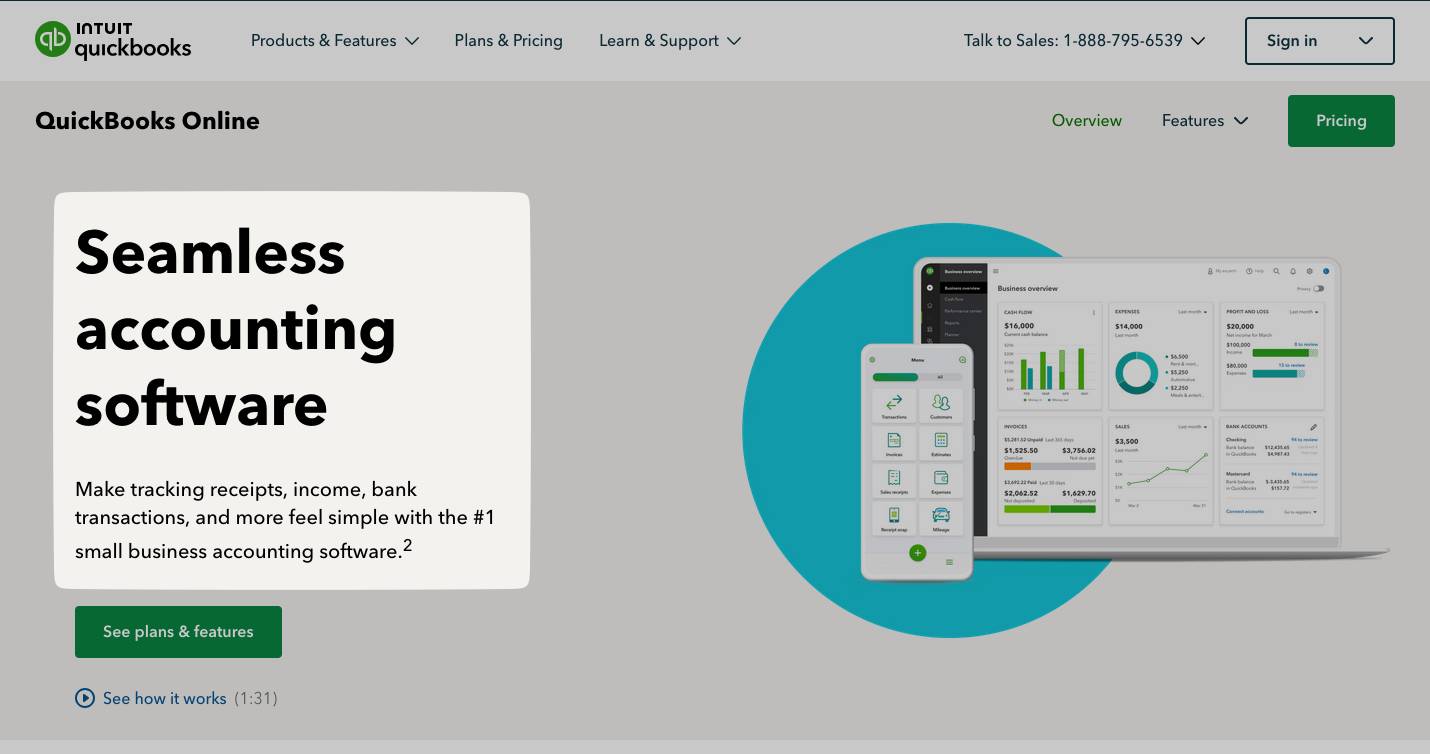
By focusing on an audience that needs financial management support but lacks traditional accounting skills, Intuit filled a gap left by larger competitors and has thrived ever since.
Keep pace with competitors
If a competitor launches a new product or marketing campaign, knowing their approach can help you respond effectively.
For example, Disney launched Disney+ in 2019 as a reaction to the success of streaming platforms like Netflix and Amazon Prime.
It wanted to capitalize on its huge backlist instead of licensing its shows and movies to other streamers.
Creating its own platform allowed it to share older or more niche content – like its shorts or old cartoons – that may not appeal to other streamers but may interest Disney fans. It now has over 150 million subscribers worldwide.
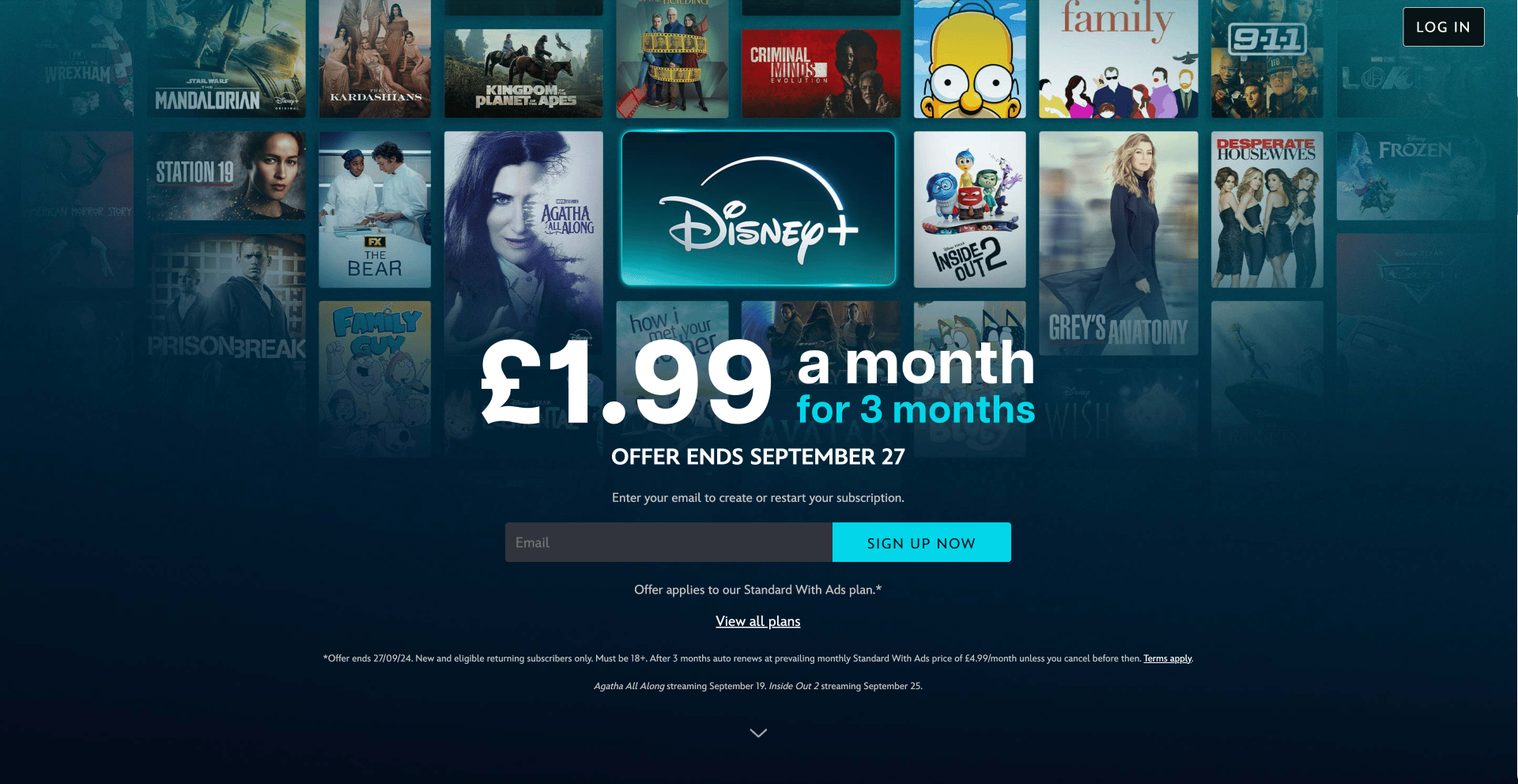
Optimize pricing strategies
When you understand how competitors price their products or services, you can adjust your pricing to better match market expectations or appeal to different audiences.
For example, retailer Aldi targeted consumers on social media with the tagline: “Like brands. Only cheaper.”

To position itself as an affordable alternative that sells similar products, Aldi had to understand its competitors’ pricing strategies. The strategy has made it one of the fastest-growing grocery store chains in the US and Europe in recent years.
Inform product development
Understanding what competitors offer – and don’t – aids product development.
Competitor analysis will show you which features are must-haves and which are missing from the market. Then, you can create a product that aligns more closely with customer needs.
Take ButterDocs, a writing tool pitched as a “Google Docs alternative”.
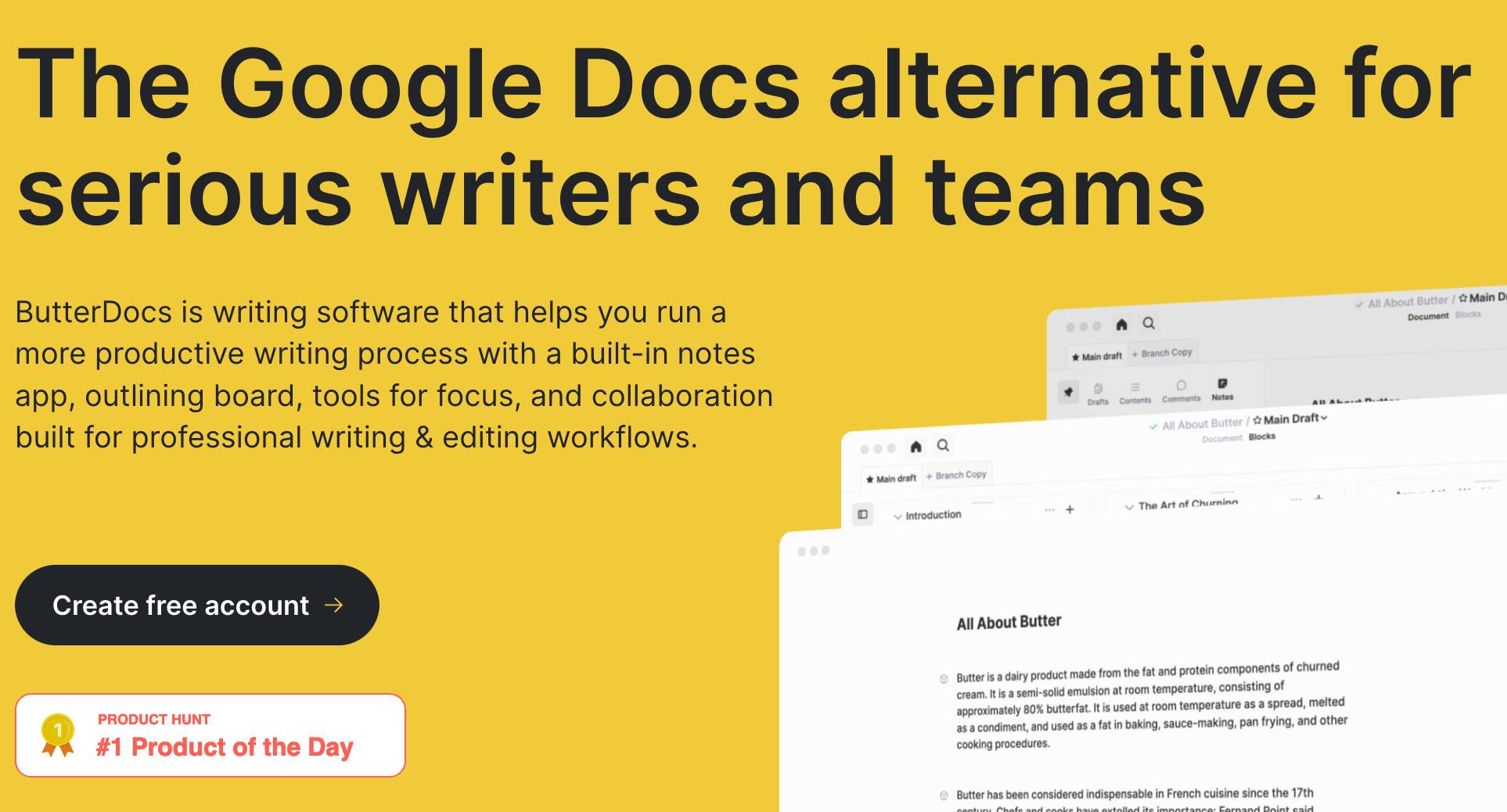
Having researched the market, ButterDocs’ creators know which features make Google Docs popular (like simple document sharing and version control) and include these in their product.
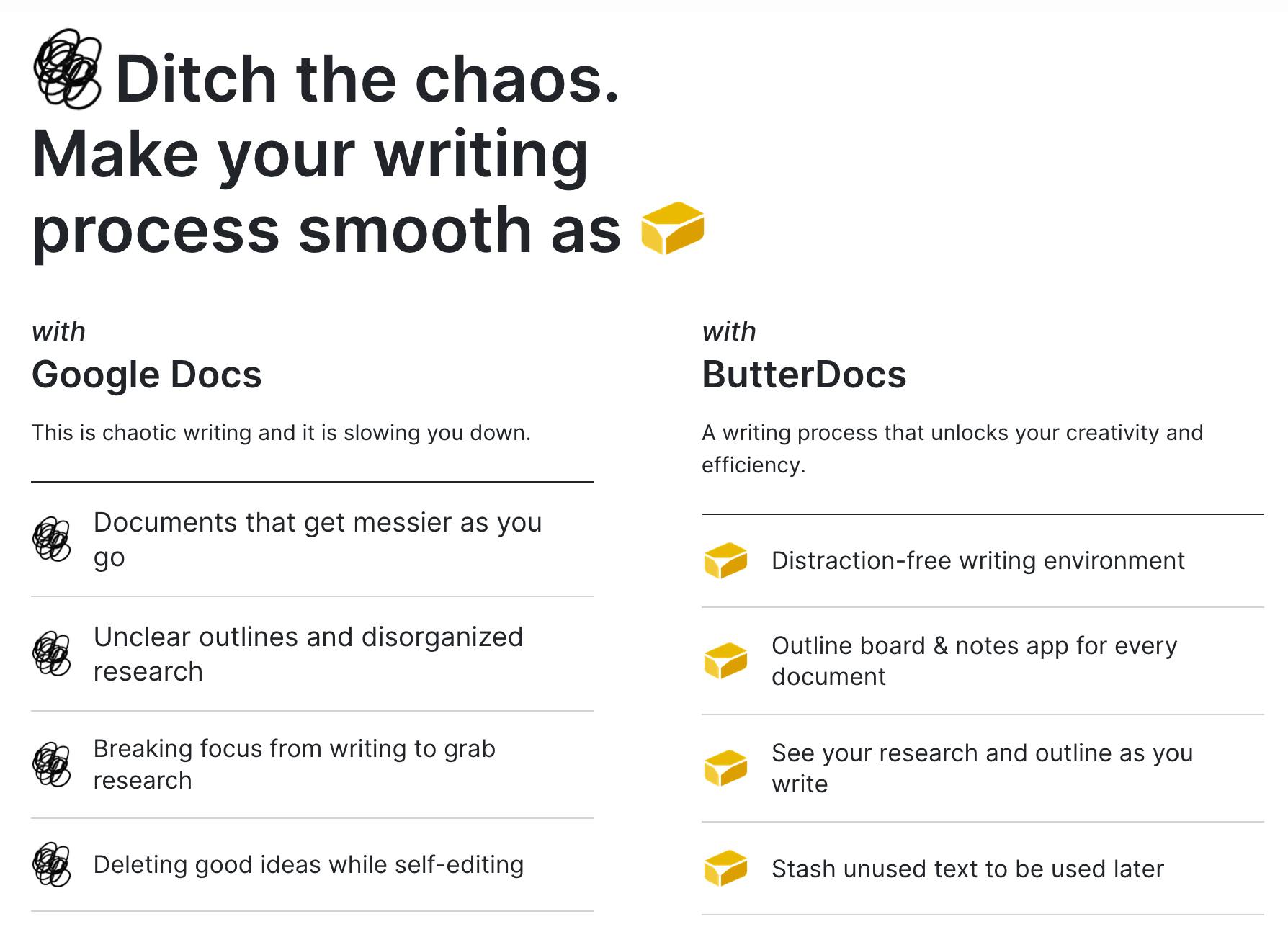
They also offer unique features to help ButterDocs stand out as a small business in a competitive market, such as a built-in notes app and fewer distractions.
Recommended reading

12 sales promotion examples to close more deals and set your sales team up for success
How to build a competitor report in 7 simple steps
The exact data you include in your competitor report depends on what’s most valuable to your business goals. Your industry, target market or specific challenges may influence your choices.
For example, tech companies may focus on product features and pricing, while service-based businesses might focus more on customer satisfaction and reputation.
Regardless, there are some steps that all small business owners should go through when conducting market research to compile a new report.
Here’s a simple step-by-step guide to get you started.
1. Identify your competitors
List your direct competitors so you know who you’re against. These are businesses that offer comparable products or services to your target market.
For example, if you sell a project management tool, your direct competitors would be other software companies, such as Asana and Trello.
Some competitors will be similar in size to your small business, while others may be much larger and more established.
You may also include indirect competitors if they pose a significant enough threat to your business. These companies offer different products or use another business model but aim to solve the same problem for your target market.
Indirect competitors to a project management software company might be consulting firms or companies providing other tools for organizing tasks, like spreadsheets.
Ultimately, including at least three major competitors in your report will help you conduct a helpful market analysis.
Note: You’ll likely know your biggest competitors if you’ve already built a business plan. Otherwise, search online for your product type and see who ranks the highest.
2. Create competitor overviews
Gather basic data on your main competitors to build high-level summaries for each.
Collecting the following information will give you a simple but clear view of the current market landscape:
| Information | Source |
| Business size (based on revenue or employee count) |
Competitors’ LinkedIn profiles often list employee numbers. You’ll sometimes find revenue information in press releases, financial reports, public records or business directories (e.g., Crunchbase). |
| Location |
Competitors’ websites usually list their headquarters and locations. Google Maps and social media profiles can also help you pinpoint competitors’ locations. |
| Target audience |
Analyze competitors’ marketing content, social media channels and advertisements. Look out for mentions of specific industries, demographics or customer segments. |
| Products or services offered |
Competitors’ product pages are the most direct source of information. Product catalogs, brochures and case studies may offer more details. |
For example, an overview of your closest competitor could look like this:
New York City-based Agility Systems employs approximately 120 people and has an estimated annual revenue of $12 million. It sells cloud-based project management software to US and European tech startups.
Alternatively, you can separate the facts into their own fields if that’s easier to digest. The decision may come down to how much space you have in your competitive analysis template, which will depend on how many competitors you include.
Either way, confirming basic facts helps you see which competitors are the most similar to your own business and who will likely target the same goals or audience.
3. Conduct a SWOT analysis
Conduct a SWOT analysis on each competitor by listing what they do well (strengths), where they’re lacking (weaknesses), any opportunities they could take advantage of and the potential threats they face.
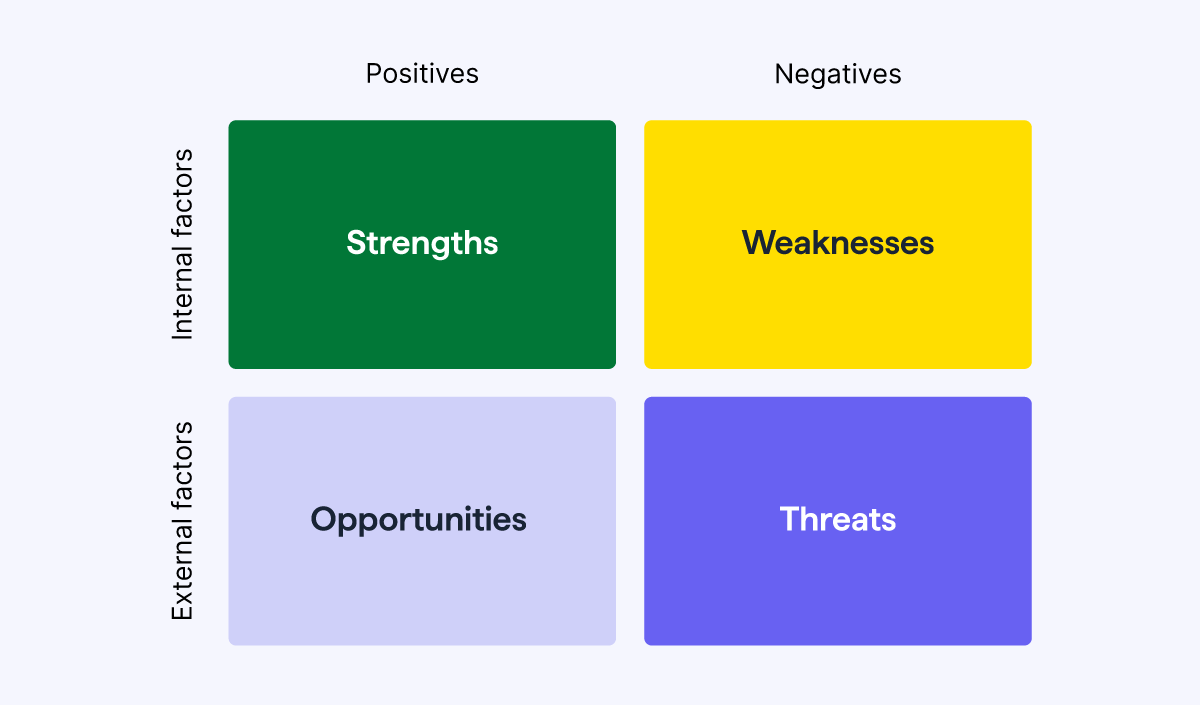
For example, your competitor is established in your industry (strength) but uses a rigid pricing structure (weakness). They may increase sales by partnering with other established legacy brands (opportunity) but risk losing long-time customers to more flexible competitors (threat).
Eventually, once your report is complete, carry out a SWOT analysis on your own small business. You’ll learn which competitive advantages to protect and where you can improve.
Note: For a more detailed competitor profile, conduct a SWOT analysis for specific aspects of your competitors’ businesses. For instance, you might analyze the strengths and weaknesses of their product management and content marketing strategies.
4. Assess your competitors’ marketing strategies
Look at how your competitors market their products. Evaluate their advertising methods, content marketing campaigns, social media presence and search engine optimization (SEO) strategies.
Larger competitors may have more to spend on marketing, so don’t obsess over their scale or reach. You can still achieve a lot through small business lead-generation techniques. You just need to know how to engage potential customers in the right way.
Instead, focus on their messaging (i.e., key themes), tone of voice and choice of channels. This data will help you understand how to capture similar audiences.
For example, cybersecurity company ArmorPoint is active on LinkedIn. It uses the platform to share company updates, valuable insights and industry news.

If you run a cybersecurity company, you could take inspiration from ArmorPoint’s marketing efforts. It could involve adopting a similar tone or sharing the same types of content.
You might also discover tactics that are unique to your business. For instance, you could be the only company using Facebook Ads in your social media strategy.
If a unique tactic works well, keep using it to maintain your competitive edge. If it’s ineffective, borrow new ideas from others in your market.
Note: Track your competitors’ digital marketing performance for more in-depth analysis. SEO tools like Semrush and Ahrefs can report on any website’s search engine rankings, backlinks and traffic. They’re also affordable for most small businesses – or, in some cases, free.
5. Compare competitors’ pricing and offers
Visit your competitors’ websites and note what they charge for similar products.
If they have pricing tiers (typical of software-as-a-service or SaaS businesses), write down the ranges to better understand their target budgets (e.g., $14.99 per month).
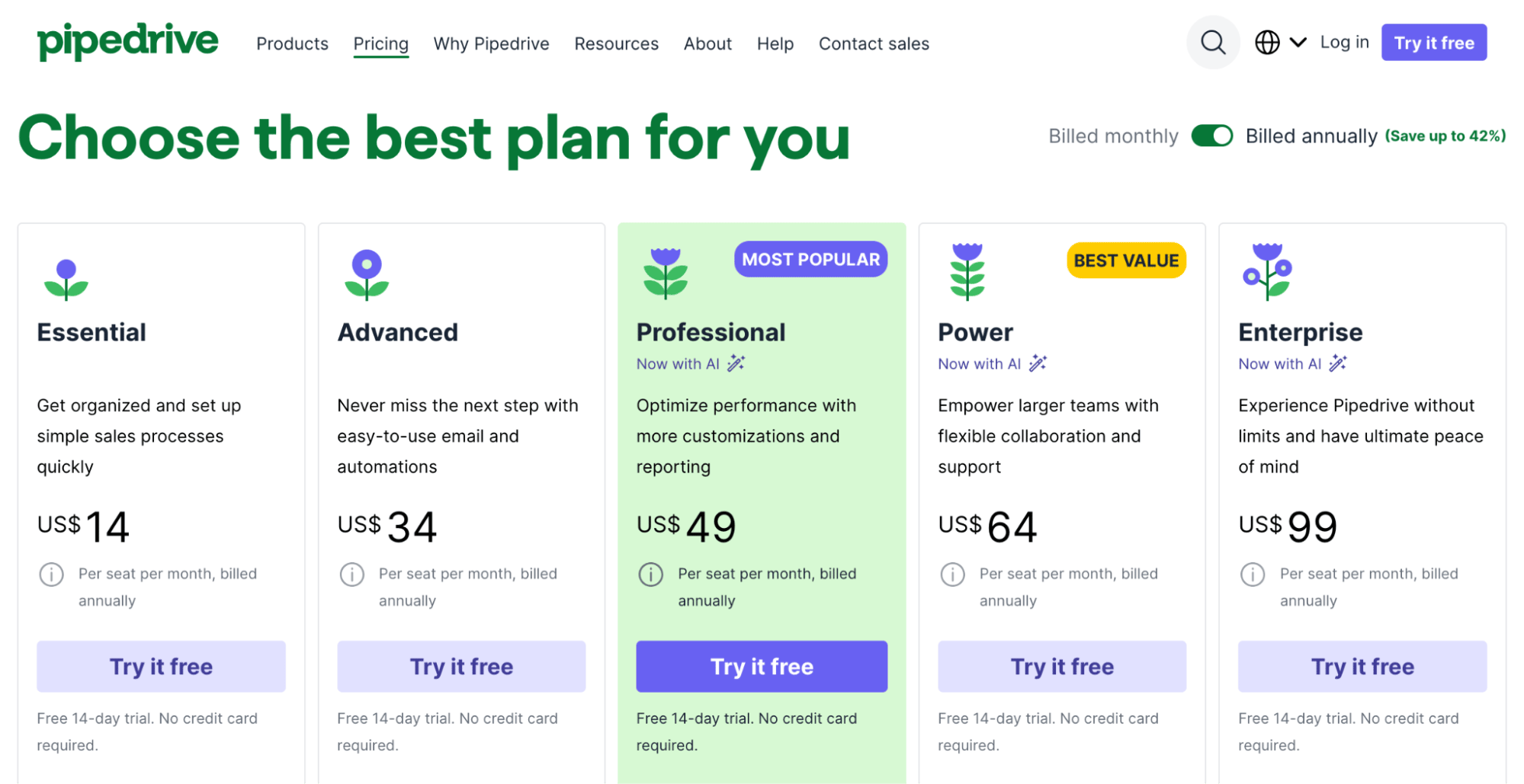
Pricing shapes how customers perceive your brand and most will base their first judgment on how you compare to others in your market. It’s due to the anchoring effect, a cognitive bias that causes people to rely heavily on the first piece of information they receive about a topic.
For example, suppose a consumer sees a competitor’s product priced at $50. They’ll unconsciously compare your product to that anchor price – judging it as expensive or affordable based on the initial figure.
If your analysis shows you charge less than your competitors without any major compromises in your product, you can either:
For example, hosting firm Namecheap uses affordability as a selling point in marketing copy:

To confidently claim its customers “pay less”, Namecheap needs to understand its competitors’ pricing strategies.
If you find you charge more, ask yourself: are your customers getting better returns? Are they enjoying your product? If so, focus your marketing on user experience.
If customer reviews and other satisfaction metrics (e.g., churn rate and CSAT scores) suggest users aren’t getting enough value, reduce your prices or enhance your product to meet expectations.
6. Gauge competitors’ customer sentiment
Read competitors’ online reviews, social media mentions and testimonials to get a clear picture of how satisfied people are with their products or services.
Customer sentiment is a powerful indicator of how well your competitors meet their audience’s expectations. For example, Zapier’s latest G2 reviews suggest a happy customer base.

The positive feedback tells us Zapier’s pricing and product management strategies are working well, so the company is likely a positive example to learn from. It also tells you what Zapier’s users value most – handy info for any company that shares its target audience.
Look for recurring themes in competitors’ reviews. For instance, if customers repeatedly complain about poor service, you have an opportunity to excel in that area. If customers rave about a feature you don’t offer, you could add something similar to your product line.
7. Compile your report
Distill the data you’ve collected into a report that you can use to assess the market, compare your own business and share with the relevant stakeholders (e.g., investors and managers).
How you structure this competitive analysis report will depend on a few factors:
-
The tools you have available
-
The number of competitors you choose to include
-
The competitor information you value (you might include more or less than we’ve covered in this guide)
For example, you could use a spreadsheet to build a report quickly or take more time with a design tool. Using a design tool like Canva or Venngage to create a professional-looking report is wise if you plan to share it in your business or with other stakeholders.
Alternatively, you could invest in a dedicated competitor intelligence tool, like Kompyte or Crayon. However, these tools are more sophisticated than most small businesses need when starting.
Naturally, the more competitors and data you include in your report, the more space you’ll need for information. If you try to squeeze too much into a single spreadsheet with charts and graphs, the result could be overwhelming and ultimately unhelpful.
Recommended reading

4 steps to turn sales reporting data into actionable insights
A free competitor analysis template
The fastest way to create your first competitor analysis report is to use a ready-made template.
Pipedrive’s simple analysis template has space for key information on three competitors’ strengths, weaknesses, target audiences and more.
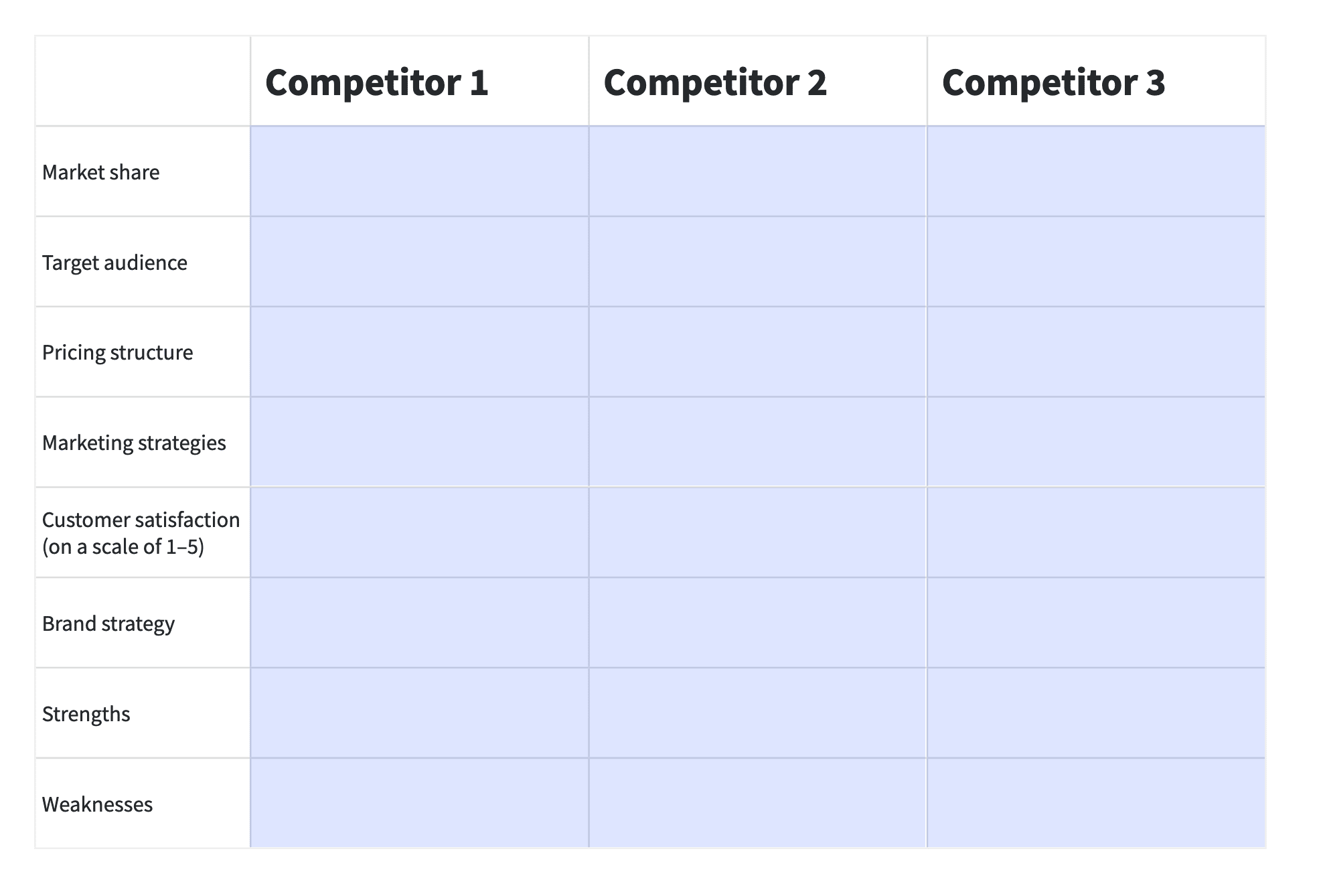
Even if you plan to create a bespoke report in the future, Pipedrive’s basic template is ideal for practicing the evaluation process. Simply request the free PDF document and start entering the competitor data you’ve collected.
Download our competitor analysis template
Use this template to compare yourself to your competitors and see where you stand
Final thoughts
Competitor analysis reports offer lots of value for relatively little effort, making them ideal for small businesses with limited resources.
Now you know what data to collect, you’re ready to cement your place in the market and find new growth opportunities.
Once you’ve made your first report, consider if there’s any other information that would aid your decision-making. Then, you can build it into your next analysis process.
Finally, revisit your reports every three or six months to update your competitor data. Keep looking for new review patterns, pricing changes and other notable updates. Tracking industry trends will help you keep your business strategy relevant.
Download the Sales Presentation Templates ebook
Nail your sales presentations with this guide containing the 8 slides you need and tips on how to make them.
If Pipedrive is of interest and you'd like more information, please do make contact or take a look in more detail here.
Credit: Original article published here.
